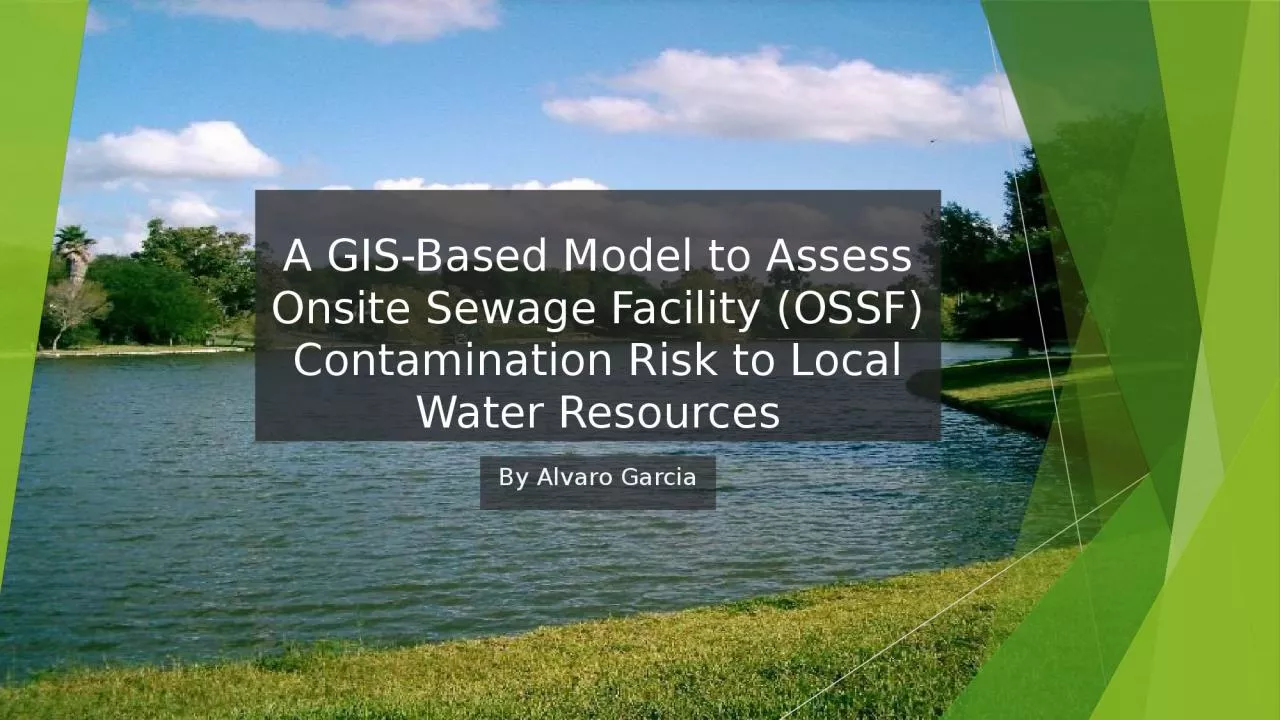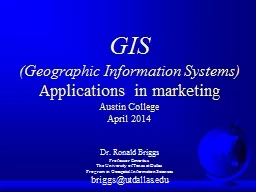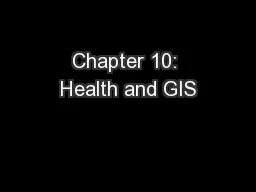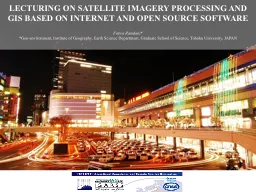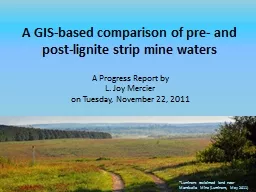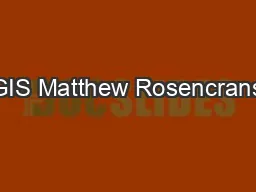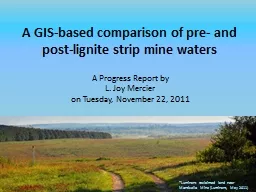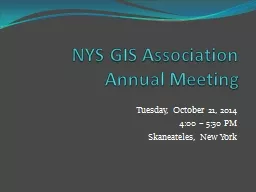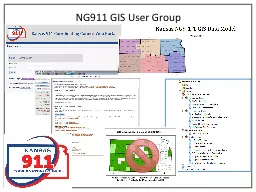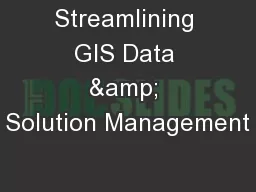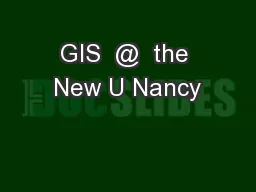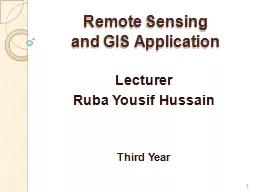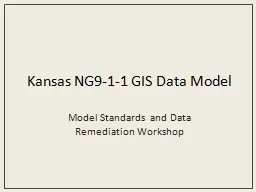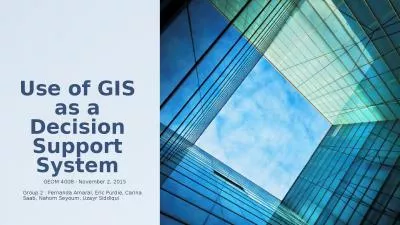PPT-A GIS-Based Model to Assess
Author : fanny | Published Date : 2024-03-15
Onsite Sewage Facility OSSF Contamination Risk to Local Water Resources By Alvaro Garcia What is an OnSite Sewage Facility Decentralized wastewater treatment
Presentation Embed Code
Download Presentation
Download Presentation The PPT/PDF document "A GIS-Based Model to Assess" is the property of its rightful owner. Permission is granted to download and print the materials on this website for personal, non-commercial use only, and to display it on your personal computer provided you do not modify the materials and that you retain all copyright notices contained in the materials. By downloading content from our website, you accept the terms of this agreement.
A GIS-Based Model to Assess: Transcript
Download Rules Of Document
"A GIS-Based Model to Assess"The content belongs to its owner. You may download and print it for personal use, without modification, and keep all copyright notices. By downloading, you agree to these terms.
Related Documents

